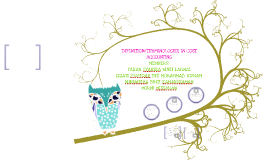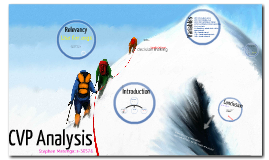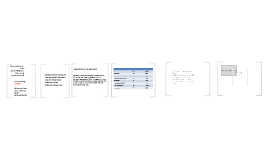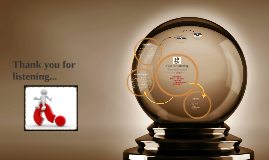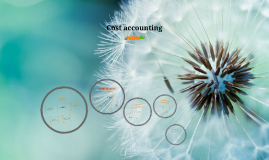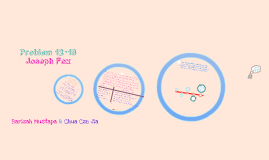Cost Accounting
Transcript: *Before becoming an accountant you must take an exam that is conferred by the IMA Minimum Requirement: Bachelors Degree. It is recommended that employees have a Masters Degree in Business Administration or a Masters in Accounting. A cost accounting system that accumulates manufacturing costs separately for each job. It is used for firms that make unique products and special orders. Job Outlook and Salary Projected Job Growth (2012-2022)* 13% for all accountants and auditors by: Diamond Brown pd. 8 Cost Accounting Sources: http://www.accountingcoach.com/blog/what-is-cost-accounting http://www.businessdictionary.com/definition/cost-accounting.html http://www.dummies.com/how-to/content/cost-accounting-for-dummies-cheat-sheet.html http://accountingexplained.com/managerial/cost-systems/ http://study.com/articles/Cost_Accountant_Job_Duties_Salary_and_Education_Requirements.html The Two Main Cost Accounting Systems They determine the costs of products, processes, projects, etc. in order to report the correct amounts on the financial statements. Education Requirements Accountants use many principles to guide their decision-making process, such as the matching principle and the principle of conservatism. Just like in any discipline, you use specific cost accounting terms and ideas to communicate meaning and understand procedures. Understanding basic concepts in crucial, so to start using cost accounting analysis, you should be familiar with the terms. All in all, to be a cost accountant you must first obtain a degree in the field. From there you must understand that being a cost accountant means you will have to deal with a lot of analytical problems. Also, you'll determine the costs of products, processes, projects, etc. in order to report the correct amounts on the financial statements and assist in the management in making decisions and in the planning and control of an organization. With a 13% annual increase for the needs of an accountant, this career has a bright future. A cost accounting that accumulates manufacturing separately for each process. This method is appropriate for products whose production is a process involving different departments and costs flow from one department to another. So what is Cost Accounting? Process Costing Other Requirements: Voluntary certifications as a Certified Management Accountant (CMA) This data is then summarized and analyzed to arrive at selling price, or to determine where savings are possible. What do Cost Accountants do? Cost Accounting Systems 2. Cost Accounting considers money as the economic factor of production. 1. Job Order Costing A cost accounting system is a framework used by firms to estimate the cost of their products for profitable analysis, inventory valuation and cost control. The median annual salary of accountants and auditors was 65,080 in May 2013. Certified Professionals earn approximately 32% more than those without a CMA designation. A method in accounting in which all costs incurred in carrying out an activity or accomplishing a purpose are collected, classified, and recorded. Professions: Management Company, a niche Furniture, Producer, Air Surveillance Producer. Professions: Oil Refiners, Chemical Producers, etc. Accounting Basics: They assist in the management in making decisions and in the planning and control of an organization.






